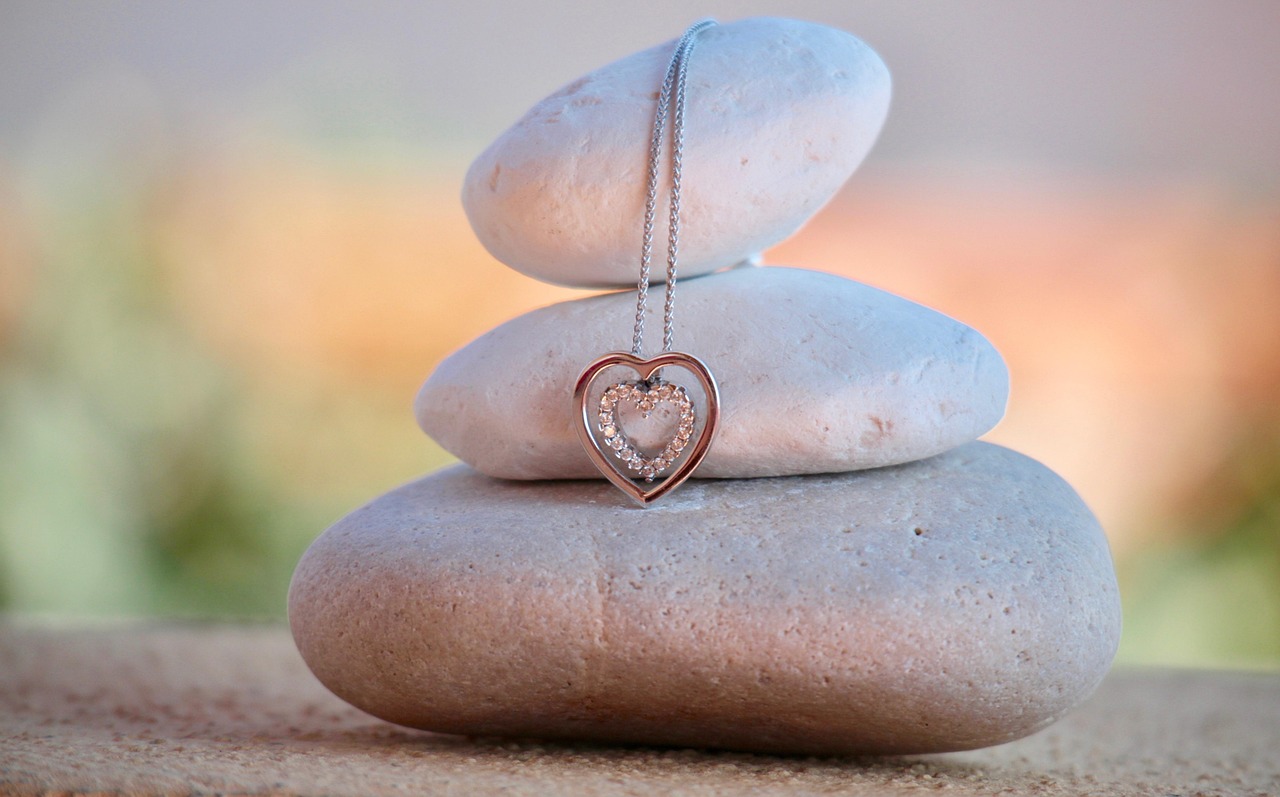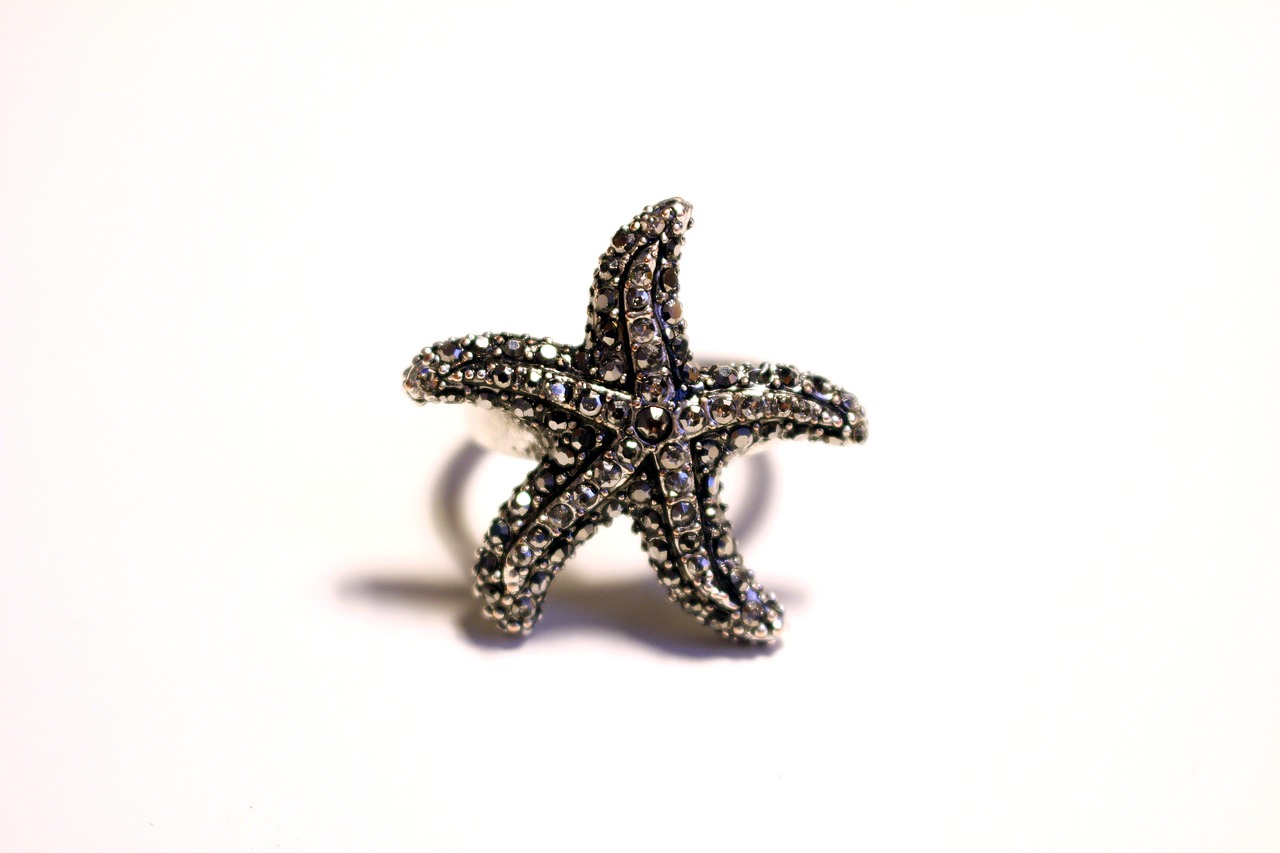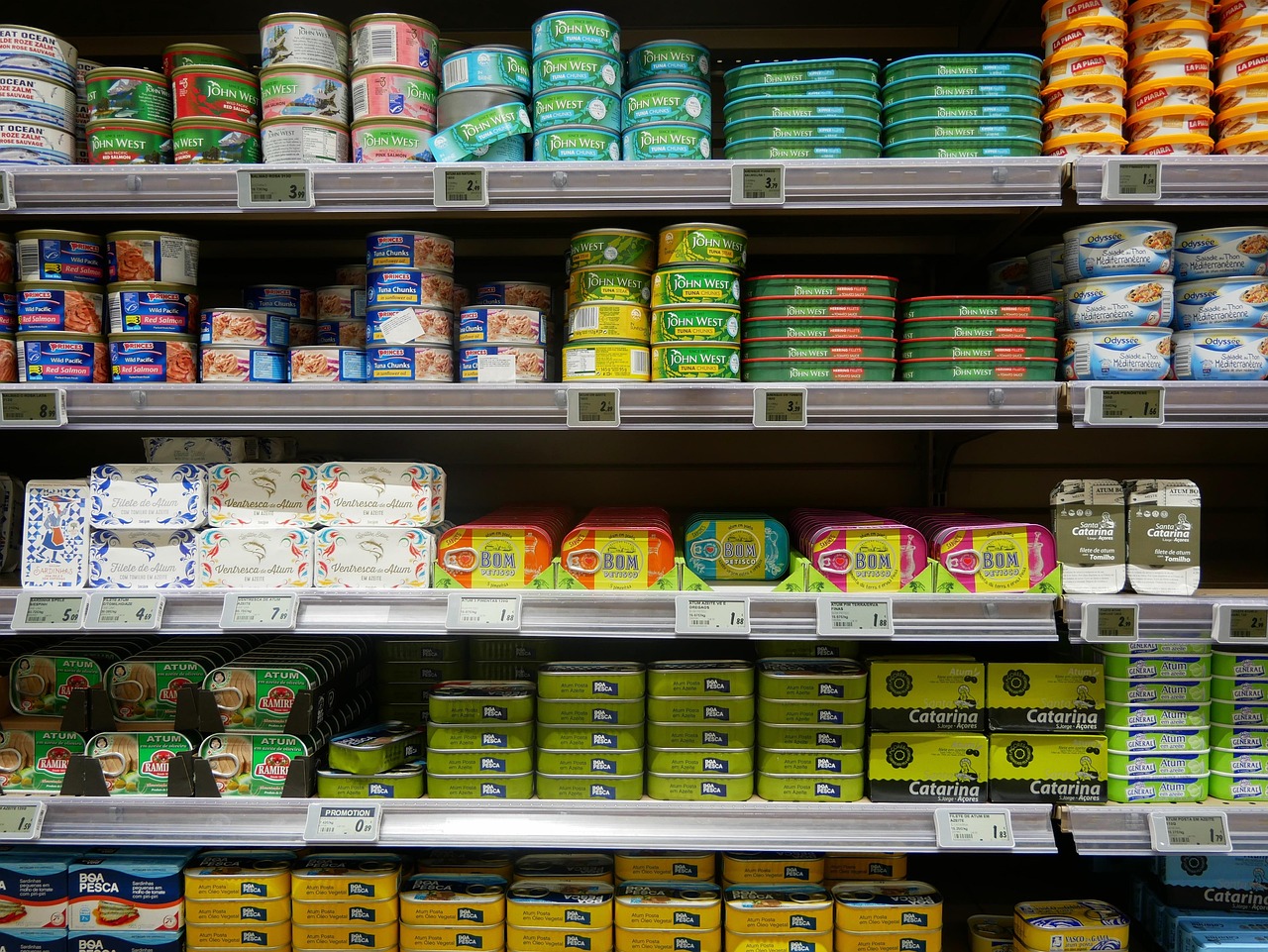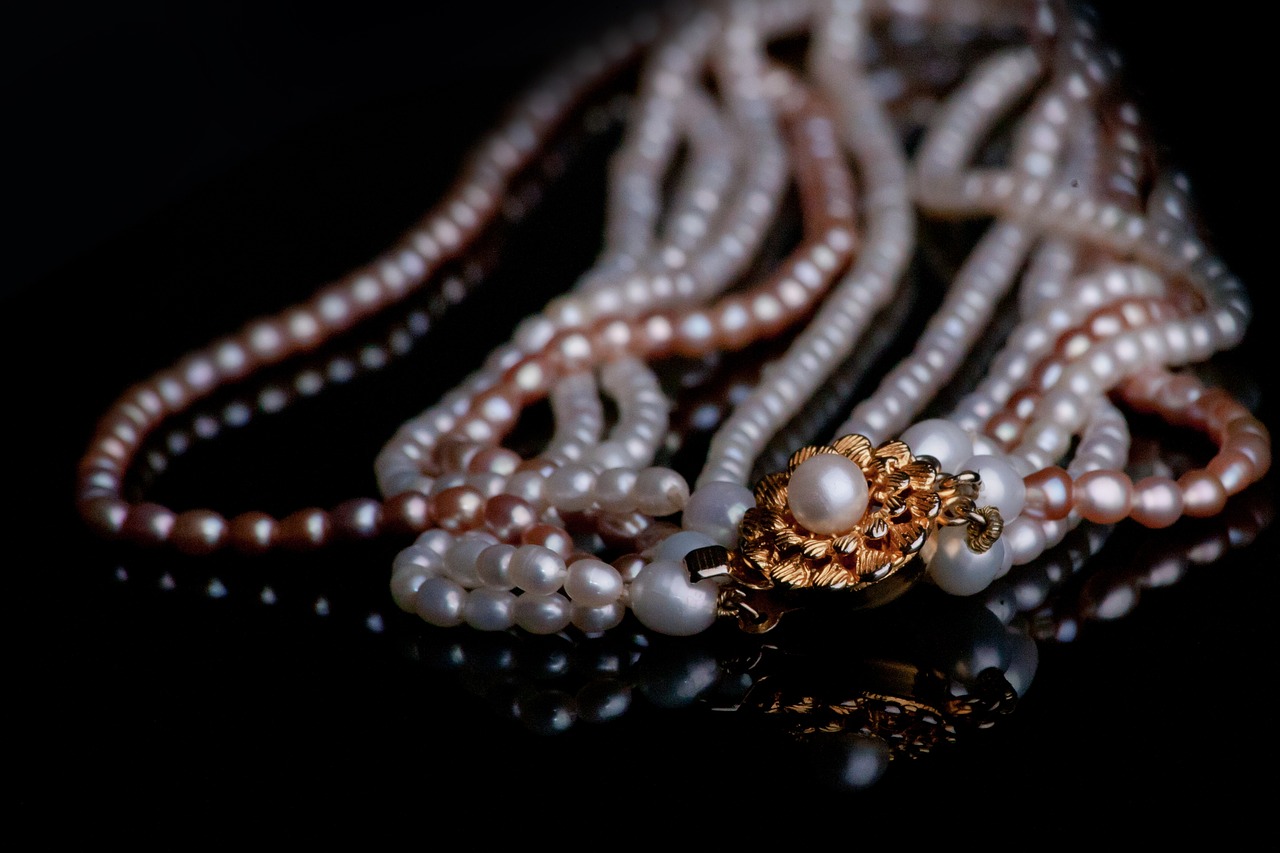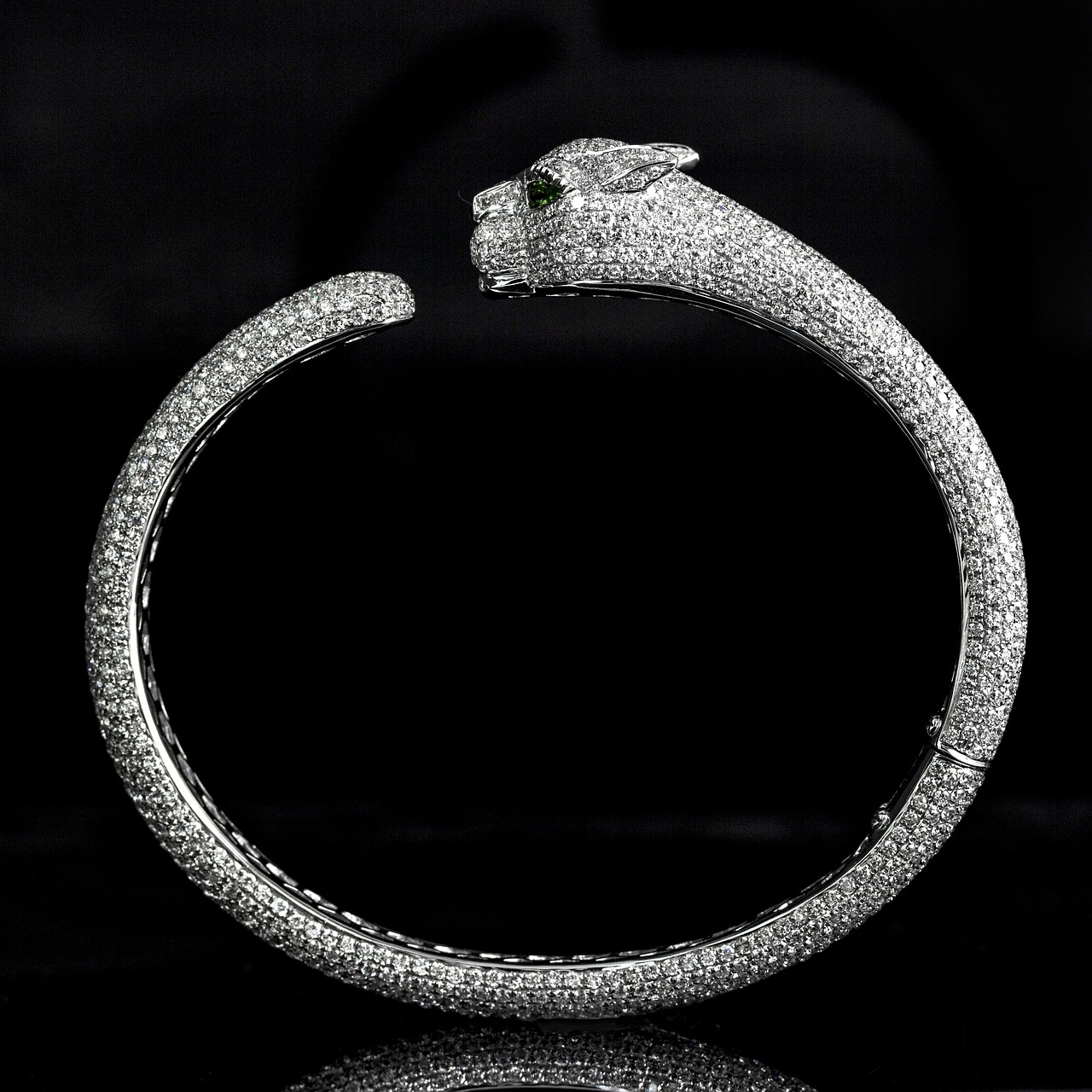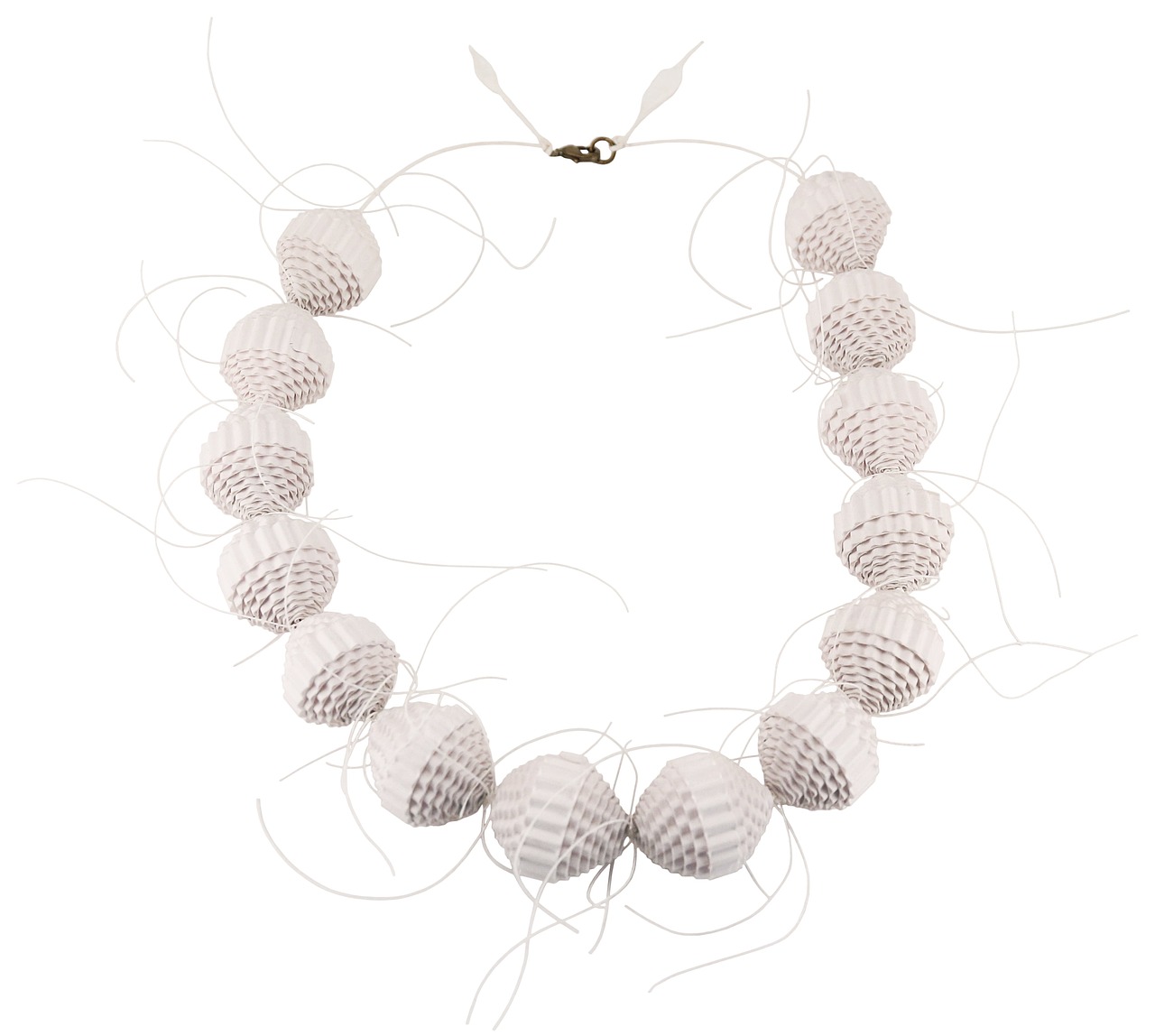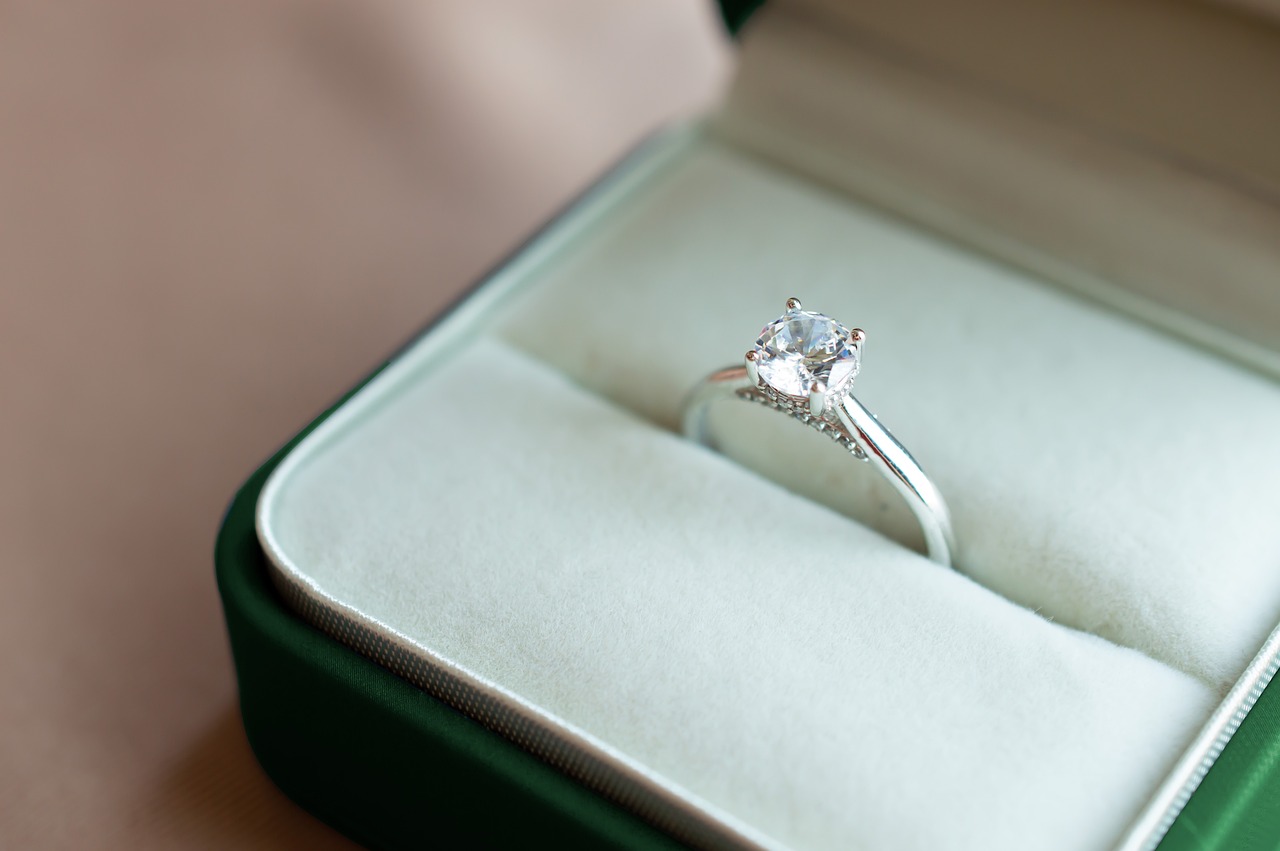The world of diamonds is often shrouded in mystery, with many consumers unaware of the significant differences between lab-grown diamonds and natural diamonds. This article delves into their unique origins, qualities, costs, and environmental impacts, helping consumers make informed choices.
Lab-grown diamonds, also known as synthetic diamonds, are produced in controlled environments that mimic the natural conditions under which diamonds form. These diamonds are created using two primary methods: High Pressure High Temperature (HPHT) and Chemical Vapor Deposition (CVD). Both methods result in diamonds that are chemically and physically identical to their natural counterparts.
Natural diamonds originate deep within the Earth’s mantle, formed over billions of years through extreme heat and pressure. The geological processes that create natural diamonds involve the crystallization of carbon atoms, which are transported to the surface through volcanic eruptions. This natural formation process contributes to the unique characteristics of each diamond.
While lab-grown and natural diamonds can appear similar to the naked eye, there are subtle differences that can be detected by professionals. Lab-grown diamonds may contain metal inclusions from the manufacturing process, while natural diamonds often have unique inclusions formed during their geological journey. Advanced technology allows gemologists to distinguish between the two types.
In terms of quality, lab-grown diamonds frequently match or even surpass natural diamonds regarding clarity, cut, and color. Both types of diamonds are graded using the Four Cs: carat weight, cut, color, and clarity. However, lab-grown diamonds are often produced to higher standards, resulting in fewer imperfections.
When it comes to pricing, lab-grown diamonds are typically more affordable than natural diamonds. The cost difference can be significant, with lab-grown diamonds priced 20-40% lower than their natural counterparts. This price disparity is mainly due to the lower production costs and the absence of mining expenses associated with natural diamonds.
The environmental impact of diamond mining is a pressing concern, with traditional mining causing significant ecological damage. In contrast, lab-grown diamonds offer a more sustainable alternative, as they require less land and water and produce minimal waste. This makes them an attractive option for environmentally conscious consumers.
Expert opinions on the value of lab-grown versus natural diamonds vary. Some gemologists argue that natural diamonds hold greater long-term investment potential due to their rarity, while others believe lab-grown diamonds will gain acceptance as a legitimate alternative. The resale value of lab-grown diamonds is still being established, making it essential for buyers to consider their personal values and investment goals.
Consumer perception plays a crucial role in the diamond market. Many buyers are drawn to the ethical implications of lab-grown diamonds, while others value the tradition and rarity associated with natural diamonds. Understanding these perceptions can help consumers navigate their purchasing decisions.
Ethical sourcing is a significant concern for many consumers. Lab-grown diamonds eliminate the risks associated with conflict diamonds, ensuring that buyers can purchase their stones without ethical dilemmas. In contrast, concerns about labor practices and environmental degradation in natural diamond mining persist, prompting many to choose lab-grown options.
Ultimately, the choice between lab-grown and natural diamonds depends on personal preferences and values. Buyers should consider factors such as budget, environmental impact, and ethical implications when making their decision. By understanding the differences and similarities between these two types of diamonds, consumers can make a choice that aligns with their values and needs.

What Are Lab-Grown Diamonds?
Lab-grown diamonds are a modern marvel of technology, created in controlled environments that mimic the natural conditions under which diamonds form in the Earth. Unlike their natural counterparts, which take billions of years to develop deep within the Earth’s mantle, lab-grown diamonds can be produced in a matter of weeks. This section explores the various methods used to create these exquisite stones, shedding light on the intricate processes that ensure their authenticity and beauty.
There are primarily two methods for producing lab-grown diamonds: High Pressure High Temperature (HPHT) and Chemical Vapor Deposition (CVD). Each technique has its unique approach to replicating the natural diamond formation process.
| Method | Description |
|---|---|
| High Pressure High Temperature (HPHT) | This method simulates the extreme pressure and temperature conditions found in the Earth’s mantle. Carbon is subjected to high pressure and temperature, which causes it to crystallize into diamond. |
| Chemical Vapor Deposition (CVD) | CVD involves creating a gas mixture that includes carbon. This gas is then ionized, allowing carbon atoms to deposit onto a substrate, gradually forming a diamond layer. |
Both methods produce diamonds that are chemically, physically, and optically identical to natural diamonds. In fact, lab-grown diamonds often exhibit fewer inclusions and higher clarity, making them an attractive option for consumers seeking quality.
Moreover, lab-grown diamonds are graded using the same criteria as natural diamonds, known as the Four Cs: Cut, Color, Clarity, and Carat Weight. This ensures that consumers can make informed choices based on standardized metrics, regardless of the diamond’s origin.
In addition to their remarkable quality, lab-grown diamonds are also more environmentally friendly. The production of these diamonds requires significantly less energy and has a much lower carbon footprint compared to traditional diamond mining, which can lead to ecological damage and habitat destruction.
As consumers become more environmentally conscious, the demand for lab-grown diamonds continues to rise. They not only offer a sustainable choice but also come at a lower price point, typically 20-40% less than natural diamonds. This affordability, combined with their ethical production, makes lab-grown diamonds a compelling option for many buyers.
In summary, lab-grown diamonds represent a significant advancement in the jewelry industry, offering consumers a beautiful and ethical alternative to natural diamonds. With the ability to produce these stones in a fraction of the time and with less environmental impact, lab-grown diamonds are not just a trend; they are paving the way for the future of diamond production.

How Are Natural Diamonds Formed?
Natural diamonds are among the most coveted gemstones in the world, renowned for their beauty and durability. But have you ever wondered how these stunning crystals come to be? The formation of natural diamonds is a fascinating journey that occurs deep within the Earth over billions of years. In this section, we will explore the intricate geological processes that lead to the creation of these precious stones.
Diamonds are formed at depths of approximately 90 to 150 miles beneath the Earth’s surface, where conditions are incredibly harsh. The process begins with carbon, which is the primary element in diamonds. This carbon is subjected to extreme pressure—about 725,000 pounds per square inch—and temperatures that can exceed 2,200 degrees Fahrenheit. These conditions are typically found in the mantle, the layer of the Earth between the crust and the core.
- Carbon Source: The carbon that forms diamonds can come from various sources, including organic material and ancient sea sediments that have been subducted deep into the Earth.
- Pressure and Temperature: The combination of high pressure and temperature causes the carbon atoms to bond in a specific structure, creating the crystal lattice that gives diamonds their unique properties.
Once formed, diamonds can remain trapped in the mantle for millions of years. They are brought closer to the Earth’s surface through volcanic eruptions, which create kimberlite pipes. These pipes act as conduits, transporting diamonds from the depths of the Earth to the surface, where they can eventually be mined.
Interestingly, not all diamonds are formed in the same way. Some are created through metamorphic processes in which existing carbon-rich materials are subjected to intense heat and pressure over time. Others can form through synthetic processes, but these are not considered natural diamonds.
Throughout their journey, diamonds undergo various geological transformations. The surrounding minerals and the environment in which they are formed can influence their color and clarity. For example, the presence of nitrogen can give diamonds a yellow hue, while boron can result in a blue color.
Once they reach the surface, natural diamonds are often found in alluvial deposits, where they have been eroded from their original volcanic source and carried by rivers and streams. This natural weathering process can create diamonds that are smoother and more rounded compared to those found in their original volcanic settings.
In conclusion, the formation of natural diamonds is a remarkable process that highlights the Earth’s geological activity and the beauty of nature’s creations. Understanding how these gemstones are formed not only enhances our appreciation for them but also informs our choices when it comes to purchasing diamonds, whether natural or lab-grown.

What Are the Key Differences in Appearance?
When it comes to diamonds, many consumers find themselves torn between lab-grown diamonds and natural diamonds. Both types of diamonds can appear visually similar, but there are subtle differences that can help you distinguish one from the other. Understanding these differences is crucial for making an informed purchase.
At first glance, lab-grown and natural diamonds may look alike, but a closer inspection reveals distinct characteristics. Here are some key factors to consider:
- Inclusions: Natural diamonds often contain inclusions or tiny imperfections formed during their geological creation. These can be air bubbles, minerals, or other factors. In contrast, lab-grown diamonds may have fewer inclusions, as they are manufactured in controlled environments.
- Color: Both types of diamonds can exhibit a range of colors, but lab-grown diamonds can be produced in specific hues, making them more consistent. Natural diamonds, however, may have slight color variations due to their unique formation processes.
- Fluorescence: Some diamonds exhibit fluorescence, which can affect their appearance under ultraviolet light. This is more commonly observed in natural diamonds. Lab-grown diamonds may or may not exhibit this property, depending on their creation process.
- Brilliance: The cut and quality of a diamond significantly impact its brilliance. While both lab-grown and natural diamonds can be cut to perfection, lab-grown diamonds often have more precise cuts due to advanced technology.
- Certification: Both types of diamonds can be certified by reputable gemological laboratories. However, lab-grown diamonds are often labeled as such in their certificates, making it easier for consumers to identify them.
To further illustrate these differences, consider the following table:
| Characteristic | Lab-Grown Diamonds | Natural Diamonds |
|---|---|---|
| Inclusions | Fewer inclusions, often clearer | More inclusions, unique imperfections |
| Color | Consistent colors, can be customized | Varied colors, natural hues |
| Fluorescence | Variable, depending on the method | Commonly observed |
| Brilliance | Highly precise cuts | Varied cuts, can be less precise |
| Certification | Clearly labeled as lab-grown | Standard diamond certification |
In summary, while lab-grown and natural diamonds may share a similar appearance, the differences lie in their inclusions, color, fluorescence, brilliance, and certification. Understanding these aspects can help buyers make a more informed choice based on their preferences and values.
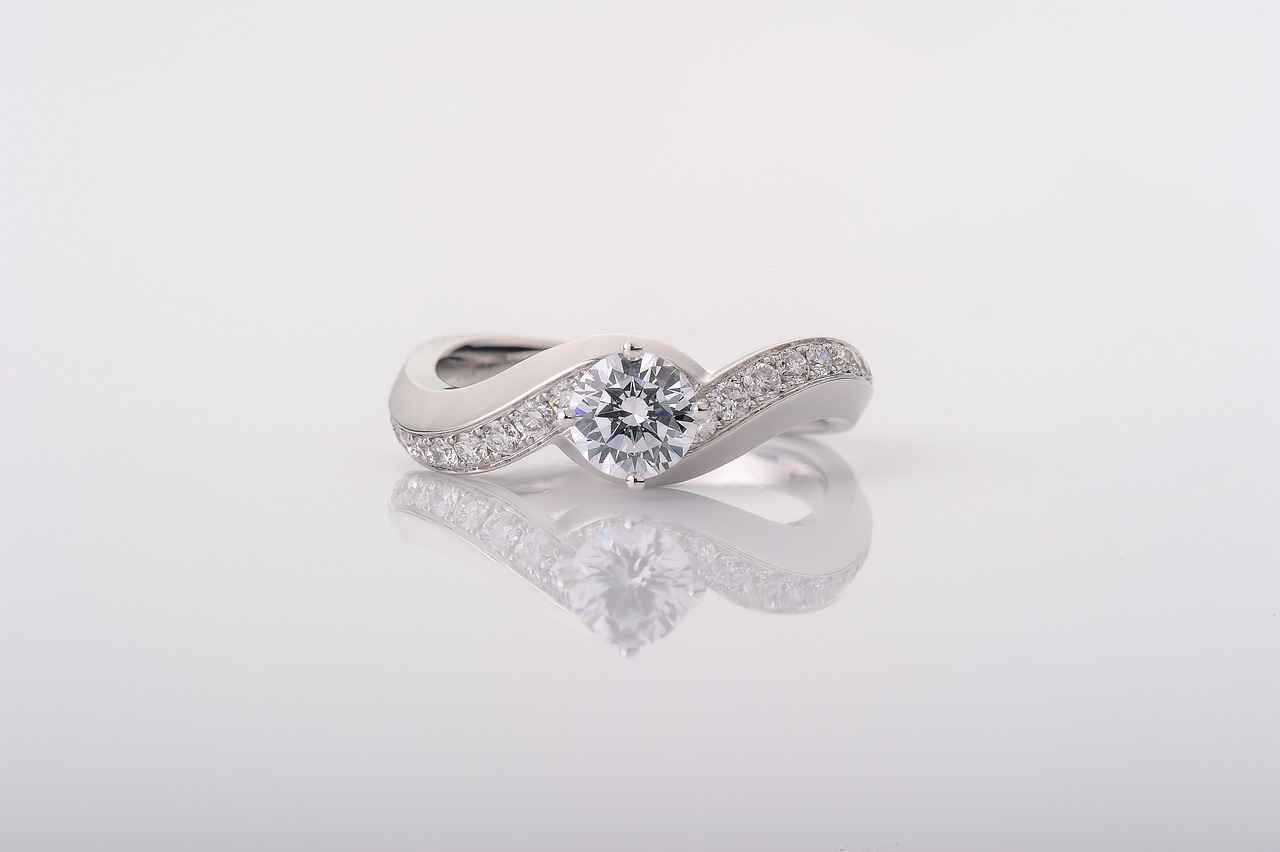
How Do Lab-Grown Diamonds Compare in Quality?
When it comes to the quality of diamonds, both lab-grown and natural diamonds are evaluated based on similar criteria: clarity, cut, and color. However, many consumers may wonder if lab-grown diamonds can truly match or even exceed the quality of their natural counterparts. This section delves into the grading systems used for both types of diamonds and highlights the similarities and differences.
Understanding the Grading System
The quality of diamonds is typically assessed using the 4 Cs: Cut, Color, Clarity, and Carat weight. Both lab-grown and natural diamonds are graded using the same standards established by the Gemological Institute of America (GIA) and other reputable organizations.
| Quality Factor | Lab-Grown Diamonds | Natural Diamonds |
|---|---|---|
| Cut | Can be engineered for optimal brilliance | Varies based on natural formation |
| Color | Often available in a wider range | Natural color variations |
| Clarity | Higher clarity levels achievable | Natural inclusions and blemishes |
| Carat Weight | Available in all sizes | Available in all sizes |
Clarity: A Closer Look
Clarity refers to the presence of internal or external imperfections, known as inclusions and blemishes. Lab-grown diamonds are often produced in controlled environments, allowing for fewer imperfections. This means that many lab-grown diamonds can achieve a clarity grade of VS1 or higher, which is often hard to find in natural diamonds.
Cut: The Key to Sparkle
The cut of a diamond significantly influences its brilliance. Lab-grown diamonds can be cut with precision that optimizes light performance, resulting in exceptional sparkle. In contrast, natural diamonds may have irregularities due to their formation process, which can affect their overall appearance.
Color: Rich and Diverse
Color grading ranges from colorless to various shades. Lab-grown diamonds often offer a broader spectrum of colors, including fancy colors like blue, pink, and yellow. In contrast, natural diamonds exhibit color variations that may be influenced by their geological origins.
Consumer Perception of Quality
Despite the similarities in grading, consumer perception often leans towards the belief that natural diamonds hold more value due to their rarity and the romanticized notion of their formation. However, as awareness grows about the quality and ethical implications of lab-grown diamonds, more consumers are recognizing their advantages.
In summary, lab-grown diamonds frequently match or exceed natural diamonds in terms of clarity, cut, and color. As technology advances, the quality of lab-grown diamonds continues to improve, making them an appealing choice for consumers seeking both beauty and ethical considerations in their diamond purchases.
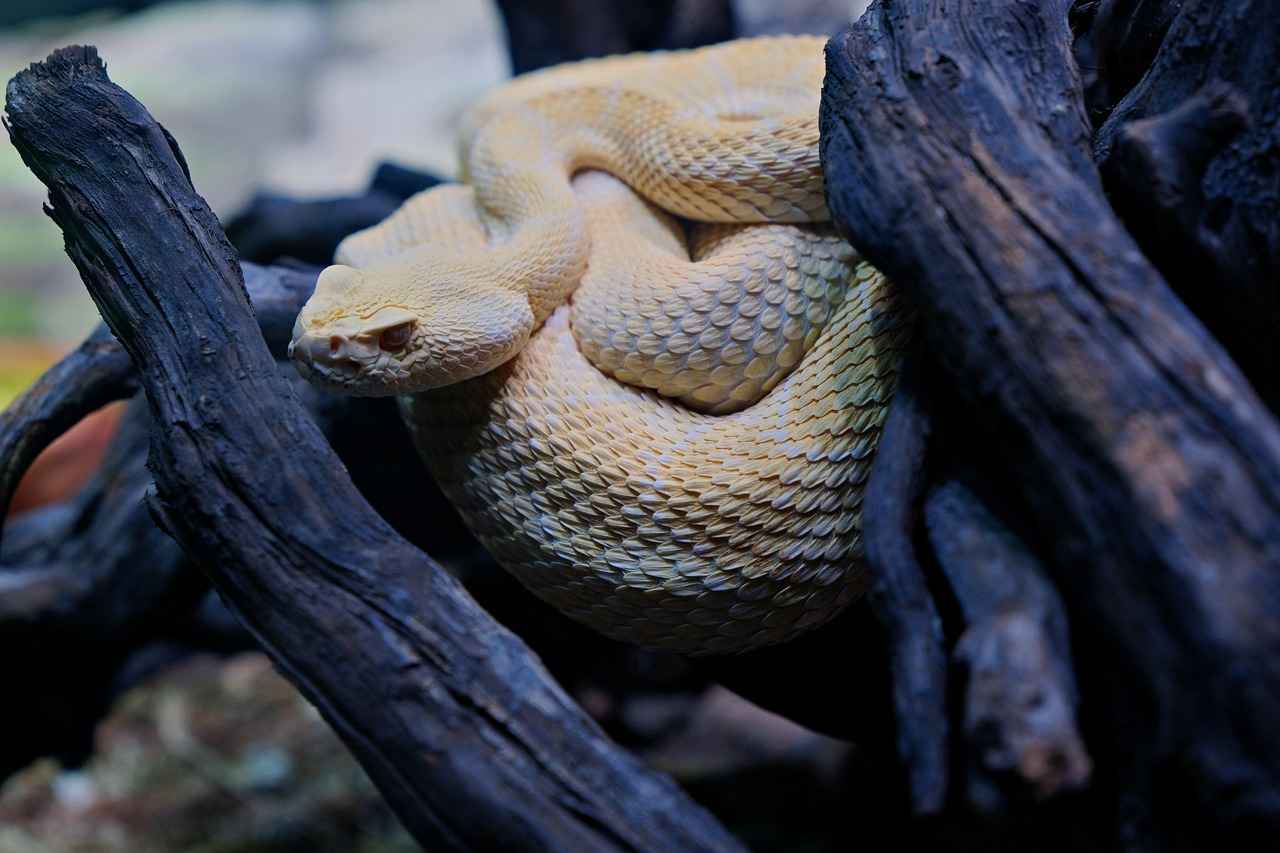
What Are the Costs of Lab-Grown vs. Natural Diamonds?
When it comes to purchasing diamonds, one of the most crucial considerations is cost. Many buyers are surprised to learn that there is a significant price difference between lab-grown and natural diamonds. This section will delve into the reasons behind these differences, helping you make a more informed decision.
Lab-grown diamonds are typically 30% to 50% less expensive than their natural counterparts. This price reduction can be attributed to several factors:
- Production Costs: Lab-grown diamonds are created in controlled environments using advanced technology, which allows for efficient production. This reduces the costs associated with mining, transportation, and labor that natural diamonds incur.
- Market Demand: As lab-grown diamonds gain popularity, their prices have stabilized, making them more accessible to a wider audience. In contrast, natural diamonds are often seen as rare and luxurious, which can drive up their price.
- Supply Chain Transparency: The supply chain for lab-grown diamonds is more straightforward and transparent, which can lead to lower costs for consumers. Natural diamonds, on the other hand, often involve complex sourcing processes that can add to their final price.
To illustrate the price difference, consider the following table:
| Diamond Type | Average Price Per Carat |
|---|---|
| Lab-Grown Diamond | $1,000 – $3,000 |
| Natural Diamond | $4,000 – $10,000 |
This comparison highlights how lab-grown diamonds can be a more cost-effective option without compromising on quality. Many buyers are now opting for lab-grown stones, not only for their affordability but also for their ethical implications.
While cost is a significant factor, it’s essential to consider other aspects as well:
- Quality: Lab-grown diamonds can match or even exceed the quality of natural diamonds in terms of clarity, cut, and color.
- Environmental Impact: Lab-grown diamonds are often seen as a more sustainable choice, as they do not involve the environmental degradation associated with mining.
- Emotional Value: For some, the allure of a natural diamond lies in its rarity and the story behind its formation, which can add emotional value.
In conclusion, while lab-grown diamonds present a more affordable option for many consumers, the decision ultimately depends on individual values and preferences. Understanding the costs involved and the factors influencing your choice can help you make a decision that aligns with your needs.
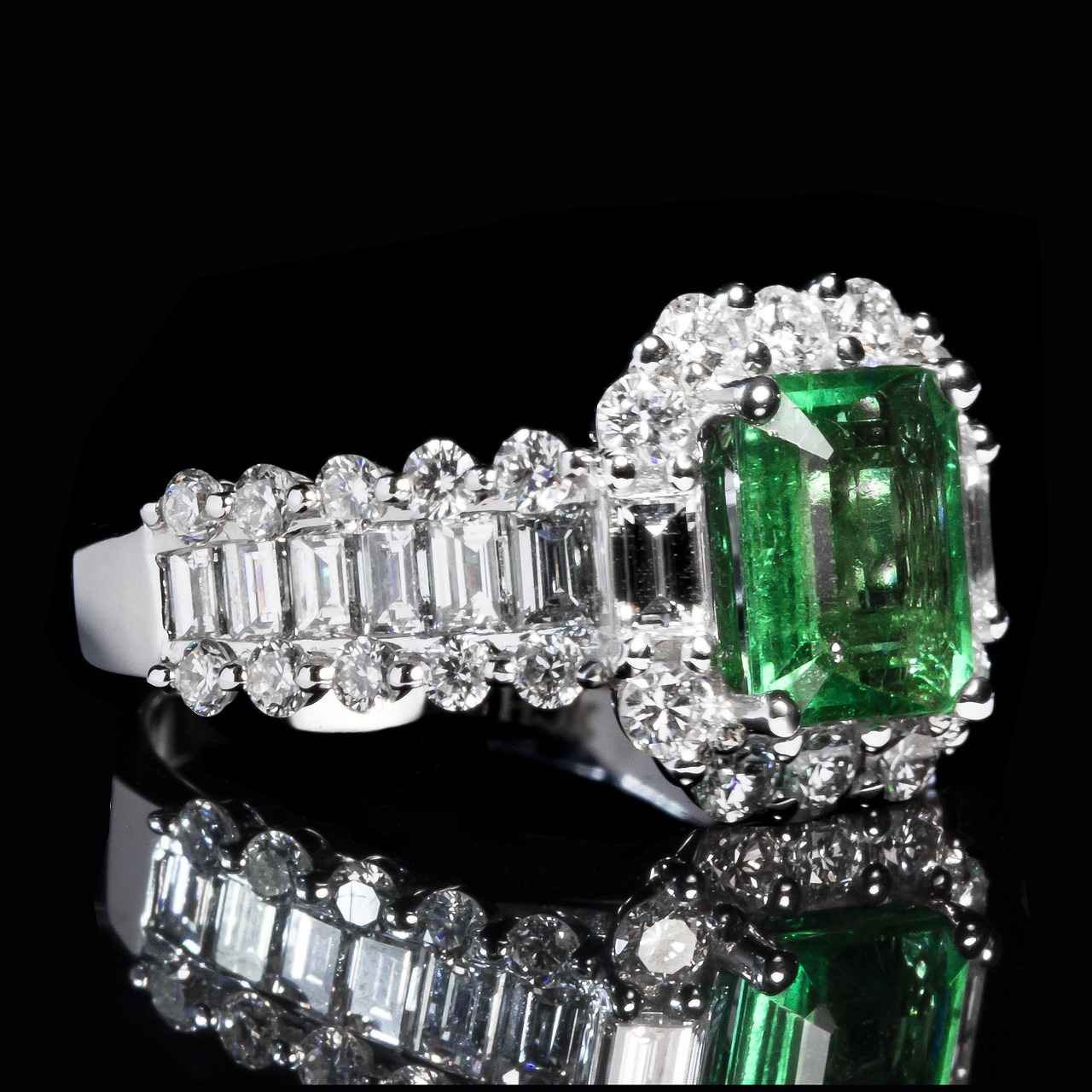
Are Lab-Grown Diamonds Environmentally Friendly?
The question of whether lab-grown diamonds are environmentally friendly is one that has garnered significant attention in recent years. As consumers become increasingly aware of the environmental impact of their purchases, understanding the differences between lab-grown and natural diamonds is crucial. In this section, we will delve into the environmental implications of diamond mining and how lab-grown diamonds present a more sustainable alternative.
Natural diamond mining has a profound impact on the environment. The extraction process often involves:
- Deforestation: Large areas of forest are cleared to create mining sites, disrupting local ecosystems.
- Soil Erosion: The removal of vegetation leads to increased soil erosion, affecting nearby waterways and habitats.
- Water Pollution: Mining operations can contaminate local water supplies with harmful chemicals used in the extraction process.
These factors contribute to biodiversity loss and long-lasting environmental degradation, making the diamond industry a significant contributor to ecological harm.
Lab-grown diamonds, on the other hand, are produced in controlled environments using advanced technology. This method significantly reduces the environmental footprint associated with traditional mining. Key benefits include:
- Lower Energy Consumption: The energy required to create lab-grown diamonds is substantially less than that needed for mining operations.
- No Land Disruption: Since lab-grown diamonds are produced in laboratories, they do not require land clearing or habitat destruction.
- Minimal Water Usage: The water consumption for producing lab-grown diamonds is significantly lower compared to natural diamond mining.
In addition to their reduced environmental impact, lab-grown diamonds are often produced using sustainable practices. Many manufacturers are committed to using renewable energy sources in their production processes, further enhancing their sustainability credentials. Moreover, lab-grown diamonds are free from the ethical concerns associated with conflict diamonds, which are often mined in war-torn regions.
Experts in the field of gemology and environmental science have praised lab-grown diamonds for their potential to revolutionize the diamond industry. According to gemologist Dr. Lisa Fong, “Lab-grown diamonds are not just a beautiful alternative; they represent a more responsible choice for environmentally conscious consumers.” This sentiment is echoed by environmental advocates who highlight the need for sustainable practices in all industries.
As awareness of environmental issues grows, many consumers are leaning toward lab-grown diamonds. Surveys indicate that consumers are increasingly considering the environmental impact of their purchases, with many willing to choose lab-grown options over natural diamonds. This shift in consumer preference is driving the diamond industry to adopt more sustainable practices, benefiting both the environment and society.
In conclusion, lab-grown diamonds present a compelling alternative to natural diamonds, particularly when it comes to environmental sustainability. By choosing lab-grown diamonds, consumers can enjoy the beauty and brilliance of diamonds while also making a responsible choice that benefits the planet.
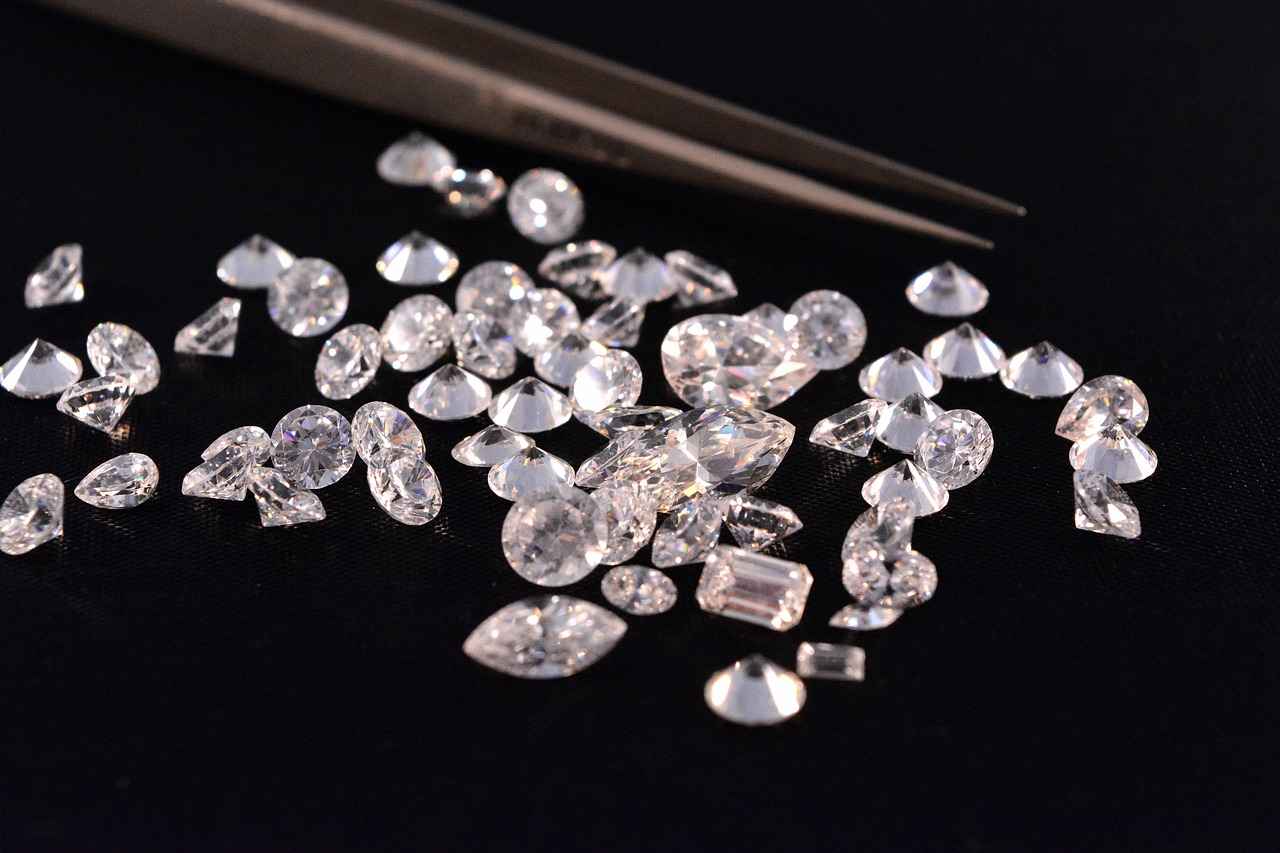
What Do Experts Say About the Value of Each Type?
The debate between lab-grown diamonds and natural diamonds continues to gain traction, particularly when it comes to their value. As consumers become more informed, the insights of gemologists and industry professionals play a crucial role in understanding the investment potential and resale value of each type. This section delves into expert opinions, highlighting the nuances that shape the perceptions of both diamond categories.
Many experts assert that lab-grown diamonds offer significant advantages in terms of cost and quality. According to gemologist Dr. Lisa McCarthy, “Lab-grown diamonds can be up to 40-60% cheaper than their natural counterparts, making them an attractive option for budget-conscious consumers.” This price difference is primarily due to the lack of mining costs and the ability to produce diamonds on demand.
Additionally, lab-grown diamonds often boast superior quality, with fewer inclusions and better color grading. As noted by industry analyst Mark Thompson, “The resale value of lab-grown diamonds is still being established, but their affordability and quality make them a compelling choice for many buyers.” However, the market for resale remains less developed compared to natural diamonds.
Conversely, natural diamonds maintain a stronghold in the luxury market. Expert gemologist Dr. Sarah Lee explains, “Natural diamonds have a long-standing reputation and emotional significance, which contributes to their value.” They are often viewed as a symbol of love and commitment, enhancing their desirability.
Natural diamonds also tend to have a higher resale value, primarily due to their rarity. According to investment advisor John Richards, “While lab-grown diamonds are gaining popularity, natural diamonds still command a premium in the resale market, especially for high-quality stones.” This factor can influence buyers who are considering long-term investments.
Market trends play a significant role in shaping the value of both lab-grown and natural diamonds. As consumer preferences evolve, experts suggest that lab-grown diamonds may see a shift in perception. “As more consumers prioritize sustainability and ethical sourcing, lab-grown diamonds are likely to gain traction,” states environmentalist Dr. Emily Green.
However, the emotional connection to natural diamonds remains strong, and many consumers are willing to pay a premium for authenticity. The perceived value of a diamond is influenced not only by its physical attributes but also by the story behind it.
When considering an investment in diamonds, experts advise consumers to evaluate their personal values and long-term goals. “If you are looking for a stone that holds its value and has a rich history, a natural diamond may be the right choice,” suggests Dr. Lee. On the other hand, if budget and quality are paramount, lab-grown diamonds present a viable alternative.
Ultimately, the choice between lab-grown and natural diamonds comes down to individual preferences and values. As the market continues to evolve, staying informed about expert insights can help consumers make educated decisions.

How Do Consumers Perceive Both Types of Diamonds?
Understanding consumer perceptions of lab-grown and natural diamonds is crucial in today’s evolving market. As more buyers become aware of their options, the emotional significance and public sentiment surrounding these two types of diamonds play an essential role in shaping trends and purchasing decisions.
What Influences Consumer Preferences?
Several factors contribute to how consumers perceive diamonds. These include branding, price, and the emotional value associated with each type. Lab-grown diamonds are often marketed as a modern and ethical alternative, appealing to a younger audience that values sustainability. In contrast, natural diamonds carry a long-standing tradition and are often seen as symbols of luxury and commitment.
Emotional Significance of Natural Diamonds
For many, natural diamonds represent more than just a piece of jewelry; they symbolize love, heritage, and status. The narrative surrounding natural diamonds often includes the journey from the Earth to the consumer, adding a layer of romanticism. This emotional connection can make natural diamonds more appealing despite their higher price point. Furthermore, stories about conflict diamonds have led to a heightened awareness of ethical sourcing, which can complicate consumer sentiments.
Lab-Grown Diamonds: A Modern Choice
Conversely, lab-grown diamonds are gaining traction as consumers become increasingly concerned about the environmental and ethical implications of diamond mining. Many buyers appreciate that lab-grown diamonds are created without the environmental degradation associated with traditional mining practices. As a result, they often perceive these diamonds as a responsible choice that aligns with their values.
Market Trends and Shifting Perceptions
Market research indicates that consumer preferences are shifting, with a growing percentage of buyers open to choosing lab-grown diamonds. According to a recent survey, nearly 70% of millennials and Gen Z consumers would consider purchasing a lab-grown diamond. This shift is partly due to the affordability of lab-grown options, which can be up to 40% less expensive than their natural counterparts. As awareness continues to grow, lab-grown diamonds are increasingly seen as a viable alternative.
How Do Consumers Weigh Emotional vs. Practical Factors?
When choosing between lab-grown and natural diamonds, consumers often find themselves balancing emotional significance with practical considerations. While the allure of a natural diamond’s history and rarity can be compelling, the cost-effectiveness and ethical considerations surrounding lab-grown diamonds present a strong argument for many buyers. This dynamic creates a complex landscape where personal values, financial situations, and emotional attachments all play a role in decision-making.
Conclusion
In summary, consumer perceptions of lab-grown and natural diamonds are shaped by a variety of factors, including emotional significance, ethical considerations, and price. As the market evolves, understanding these perceptions will be crucial for both consumers and retailers alike. By considering both the emotional and practical aspects of their choices, consumers can make informed decisions that align with their values and preferences.

What Are the Ethical Considerations?
Understanding the ethical considerations surrounding diamond sourcing is increasingly important for consumers today. With growing awareness of the socio-economic and environmental impacts of mining practices, buyers are seeking alternatives that align with their values. This section delves into the ethical implications of both lab-grown and natural diamonds, highlighting how these two categories differ in their sourcing and societal effects.
Conflict diamonds, also known as blood diamonds, are gems mined in war zones and sold to finance armed conflict against governments. The ethical sourcing of diamonds has become a pressing issue, with many consumers concerned about the origins of their purchases. The Kimberley Process was established to prevent the trade of conflict diamonds, but its effectiveness has been debated. Critics argue that the process is flawed, leading to continued exploitation and human rights abuses in certain regions.
Lab-grown diamonds offer a solution to the ethical dilemmas associated with natural diamond mining. Created in controlled environments using advanced technology, these diamonds are free from the ethical concerns tied to traditional mining methods. By choosing lab-grown options, consumers can avoid supporting industries that may contribute to conflict and environmental degradation.
The extraction of natural diamonds often results in significant environmental destruction, including deforestation, habitat loss, and soil erosion. Mining operations can disrupt local ecosystems and contribute to pollution of water sources. In contrast, lab-grown diamonds typically have a reduced environmental footprint, as their production requires fewer resources and less energy compared to traditional mining.
Many consumers today prioritize ethical sourcing when making purchasing decisions. A growing number of buyers are willing to pay a premium for products that are certified as ethically sourced. This shift in consumer behavior has prompted retailers to increase transparency regarding their sourcing practices, with many now offering detailed information about the origins of their diamonds.
- Transparency: Lab-grown diamonds come with clear documentation of their origin, ensuring buyers know exactly where their purchase comes from.
- Affordability: Generally, lab-grown diamonds are more affordable than natural diamonds, allowing consumers to get a larger or higher-quality stone for their budget.
- Environmental Responsibility: By choosing lab-grown options, consumers contribute to a more sustainable industry that minimizes ecological harm.
When deciding between lab-grown and natural diamonds, consider your personal values and the importance of ethical sourcing in your purchasing decision. Reflect on how each option aligns with your beliefs regarding environmental sustainability and social responsibility. Additionally, think about the emotional significance of your purchase and what it represents in your life.
In conclusion, understanding the ethical implications of diamond sourcing is essential for making informed purchasing decisions. Lab-grown diamonds provide a viable alternative to natural diamonds, addressing many of the concerns associated with traditional diamond mining. By prioritizing ethical sourcing, consumers can enjoy their purchases while supporting a more responsible and sustainable industry.

Which Type of Diamond Is Right for You?
When it comes to choosing between lab-grown diamonds and natural diamonds, it is essential to consider your personal values and preferences. Each type offers unique benefits and drawbacks, making the decision a deeply personal one. Here are some practical tips to help you navigate this choice and make the best decision for your needs.
- Understand Your Values: Reflect on what matters most to you. If ethical sourcing and environmental sustainability are priorities, lab-grown diamonds may align better with your beliefs. On the other hand, if you value the historical significance and rarity of natural diamonds, that may sway your decision.
- Evaluate Your Budget: Cost is a significant factor for many consumers. Lab-grown diamonds are typically more affordable than their natural counterparts, often costing 20-40% less. Determine your budget and see how each option fits within it.
- Consider Quality and Appearance: Both lab-grown and natural diamonds can be stunning, but it’s important to compare their qualities. Lab-grown diamonds often match or exceed natural diamonds in terms of clarity, cut, and color. If you have specific preferences regarding these attributes, make sure to examine both types closely.
- Think About Resale Value: While lab-grown diamonds are gaining acceptance, natural diamonds typically retain their value better over time. If you are considering your purchase as an investment, this is an important factor to weigh.
- Research Market Trends: Stay informed on consumer perceptions and market trends. The popularity of lab-grown diamonds is on the rise, but many still hold a sentimental attachment to natural diamonds. Understanding these trends can help you make a more informed decision.
- Seek Expert Advice: Consult with jewelers or gemologists who can provide insights into both types of diamonds. Their expertise can help clarify any doubts you may have and guide you toward the best choice for your situation.
- Visit a Reputable Retailer: If possible, visit a jeweler that offers both types of diamonds. Seeing them in person can help you appreciate the differences and make a more confident choice.
Ultimately, the decision between lab-grown and natural diamonds boils down to your personal values, financial considerations, and emotional connections. Take your time to weigh the options carefully, and remember that there is no right or wrong choice—only the choice that is right for you.
Frequently Asked Questions
- What are the main differences between lab-grown and natural diamonds?
Lab-grown diamonds are created in a lab using advanced technology, while natural diamonds form over billions of years deep within the Earth. The key differences lie in their origins, cost, and environmental impact.
- Are lab-grown diamonds as valuable as natural diamonds?
While lab-grown diamonds are typically more affordable, their value can vary. They often match or exceed natural diamonds in quality, but some may consider natural diamonds more valuable due to their rarity.
- How can I tell if a diamond is lab-grown or natural?
Distinguishing between the two can be tricky. However, gemologists use specialized equipment to identify subtle differences in their formation. Look for certification from reputable labs that specify the diamond’s origin.
- Are lab-grown diamonds environmentally friendly?
Yes! Lab-grown diamonds have a significantly lower environmental impact compared to traditional diamond mining, which can cause habitat destruction and pollution. Choosing lab-grown options supports a more sustainable future.
- Do lab-grown diamonds have the same durability as natural diamonds?
Absolutely! Both lab-grown and natural diamonds are made of the same material—carbon—and boast the same hardness and durability. They are equally resistant to scratches and damage.

